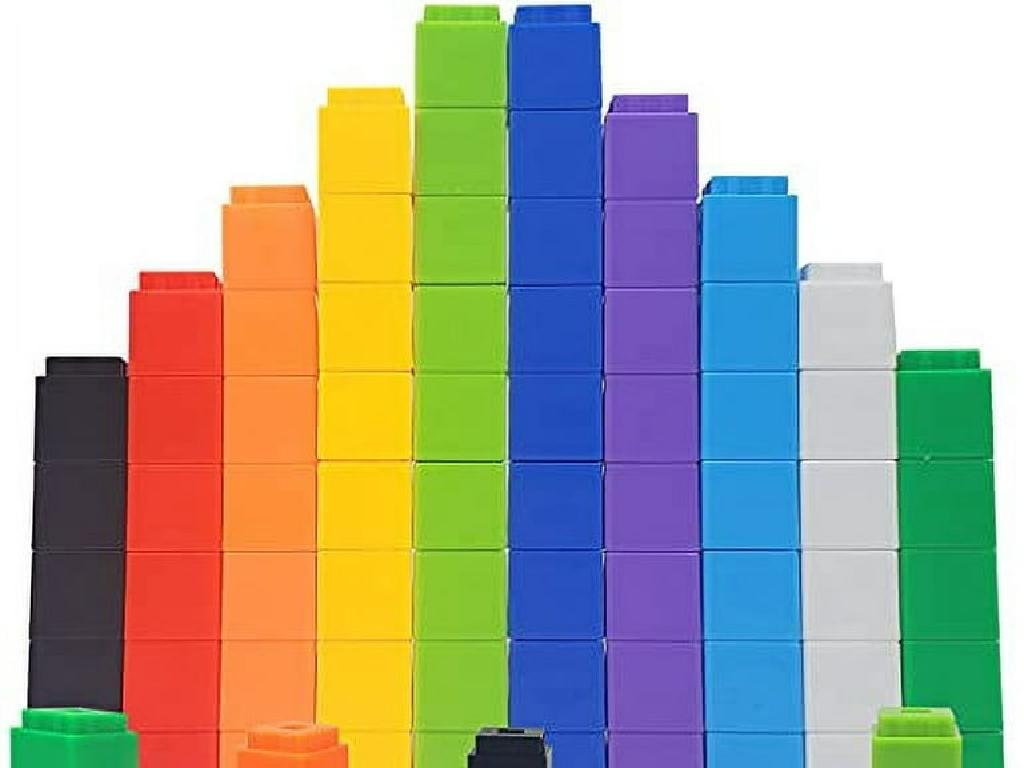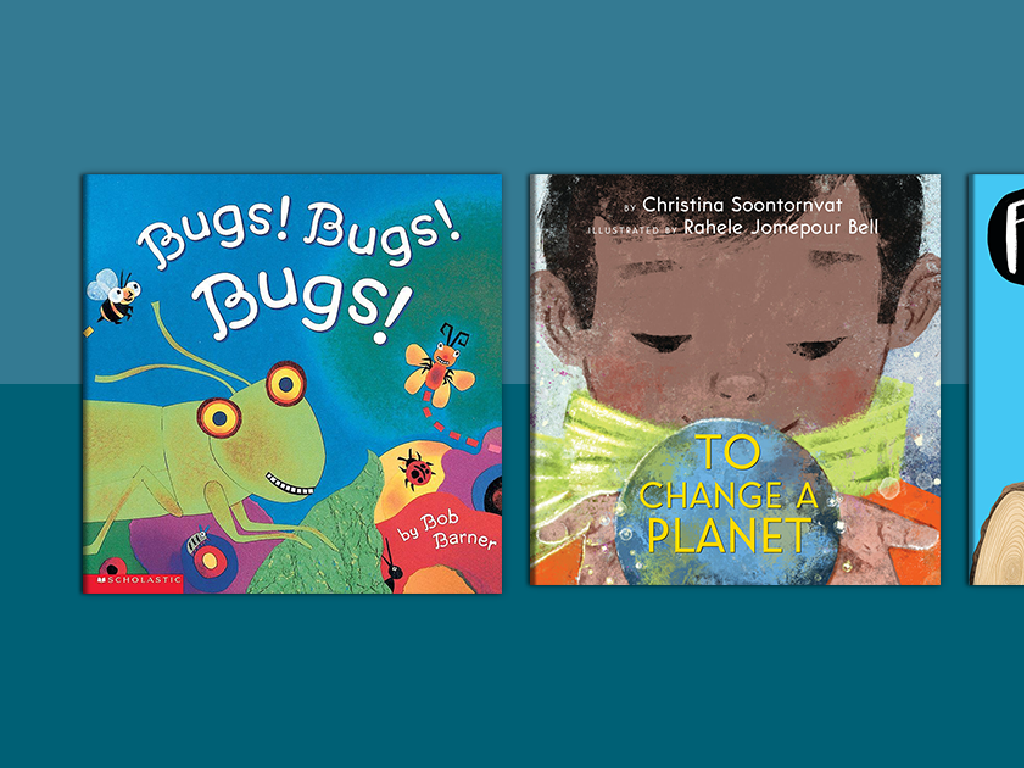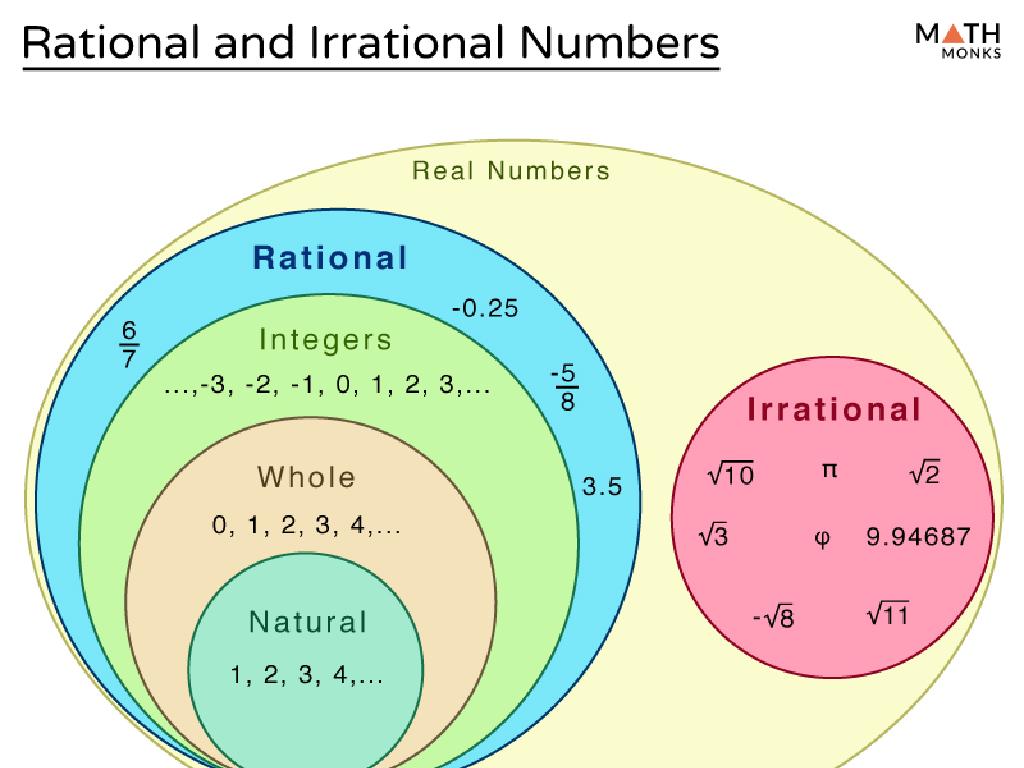Describe Populations, Communities, And Ecosystems
Subject: Science
Grade: Sixth grade
Topic: Ecosystems
Please LOG IN to download the presentation. Access is available to registered users only.
View More Content
Welcome to Ecosystems: Our Natural World
– Explore the concept of ecosystems
– An ecosystem includes all living things in an area interacting with each other and their environment.
– Define populations and communities
– Populations are groups of the same species, while communities are different species living together.
– Interactions within ecosystems
– Organisms interact in food webs and compete for resources.
– Preview of today’s lesson
|
This slide introduces the complex and fascinating world of ecosystems, which are the foundation of biology. An ecosystem encompasses all living organisms in a particular area, as well as their physical environment, functioning together as a unit. Populations refer to groups of the same species in an area, and communities are the mix of different species that interact. Today’s lesson will delve into how these components interact with each other and their environment to form an ecosystem. Encourage students to think of an ecosystem as a web, where each strand is connected and vital to the overall structure. The lesson will cover the basics of these interactions and set the stage for understanding the delicate balance within natural environments.
Exploring Populations in Ecosystems
– Define a population in ecology
– A group of the same species living in an area
– Examples of populations in nature
– A school of fish, a herd of deer
– Role of populations in ecosystems
– Populations interact with environment and other species
– Understanding population dynamics
|
This slide introduces the concept of a population within the context of ecosystems. A population is defined as a group of organisms of the same species that live in the same area and can interbreed. Provide examples such as a school of fish in a lake or a herd of deer in a forest to help students visualize the concept. Discuss the importance of populations as they interact with each other and their environment, forming the basis of community interactions and ecosystem dynamics. Emphasize that understanding how populations change over time is crucial for studying ecology and conservation efforts.
Populations in Ecosystems
– Population dynamics over time
– Populations can increase, decrease, or remain stable.
– Factors influencing population size
– Birth rate, death rate, immigration, and emigration affect size.
– Exploring population growth
– Growth occurs when birth rates exceed death rates.
– Understanding population decline
– Decline happens with high death rates or emigration.
|
This slide delves into the concept of populations within ecosystems, focusing on how they change and what factors contribute to their growth or decline. Students should understand that populations are dynamic and can fluctuate due to various reasons. Birth rates and immigration lead to population growth, while death rates and emigration can cause a population to decline. It’s crucial to discuss the balance between these factors and how they determine the overall size and health of a population. Encourage students to think of real-world examples, such as the impact of environmental changes on animal populations. The goal is to foster an understanding of the delicate balance within ecosystems and the importance of each species’ role.
Exploring Communities in Ecosystems
– Define a biological community
– A group of different species living & interacting in an area
– Compare community and population
– Population is one species, community is multiple species together
– Identify examples of communities
– Forests, coral reefs, and grasslands are examples of communities
– Discuss community interactions
|
This slide introduces the concept of a biological community within an ecosystem. A community is defined as all the different species that live and interact in a particular area. It’s important to distinguish between a population, which refers to individuals of the same species in an area, and a community which includes multiple species. Examples of communities include the diverse species in forests, the aquatic life forms in coral reefs, and the variety of organisms in grasslands. Discuss how these species interact with each other and their environment, forming a web of relationships that is crucial for the survival of the community.
Interactions Within a Community
– Understanding Predator-Prey Dynamics
– Predators hunt prey, which controls population sizes.
– Exploring Symbiotic Relationships
– Mutualism: both benefit. Commensalism: one benefits, other unharmed. Parasitism: one benefits, other harmed.
– Examining the Role of Competition
– Competition for resources like food & shelter can lead to survival of the fittest.
– Balancing Ecosystem Interactions
|
This slide aims to explain the complex interactions within ecological communities. Predator-prey relationships are natural checks and balances that maintain population sizes. Symbiotic relationships include mutualism (bees and flowers), commensalism (barnacles on whales), and parasitism (ticks on dogs). Competition among species for limited resources ensures that only the most adapted survive, which is a driving force of evolution. Encourage students to think of examples from local ecosystems or documentaries they’ve seen. Discussions can revolve around how these interactions contribute to the stability of ecosystems and the importance of each role in biodiversity.
Exploring Ecosystems
– Define an ecosystem
– A community of living & non-living things interacting
– Ecosystem components: Biotic & Abiotic
– Biotic: living things; Abiotic: elements like water, sunlight
– How ecosystems operate
– Energy flows & matter cycles through food webs & nutrient cycles
– Interdependence in ecosystems
|
An ecosystem is a complex network where plants, animals, and microorganisms (biotic factors) interact with the physical environment (abiotic factors) like water, air, and soil. Understanding ecosystems involves recognizing the roles of producers, consumers, and decomposers, and how they contribute to the ecosystem’s energy flow and nutrient cycles. Highlight the importance of each component and how they rely on each other, creating a balanced environment. Discuss examples like a forest or a pond to illustrate these concepts. Encourage students to think about local ecosystems and their roles within them.
Exploring Ecosystem Diversity
– Terrestrial ecosystems overview
– Forests, deserts, grasslands with distinct climates and life
– Aquatic ecosystems introduction
– Freshwater and marine with diverse aquatic life forms
– Unique ecosystem characteristics
– Each ecosystem has unique features like climate, species
– Importance of ecosystem diversity
|
This slide aims to introduce students to the concept of ecosystem diversity. Begin by explaining terrestrial ecosystems, which include forests with their dense tree cover, deserts known for their arid conditions, and grasslands with wide open spaces and grasses. Then, move on to aquatic ecosystems, distinguishing between freshwater environments like lakes and rivers, and marine ecosystems such as oceans and coral reefs. Highlight the unique features of each ecosystem, such as the specific climate conditions and the life forms that have adapted to live there. Emphasize the importance of ecosystem diversity for the health of our planet and the survival of various species. Encourage students to think about how different ecosystems support different types of life and why each is vital to the overall balance of the environment.
Ecosystems and Biodiversity
– Define biodiversity
– Biodiversity refers to the variety of life in an area.
– Biodiversity’s role in ecosystems
– It ensures natural sustainability for all life forms.
– Recognize threats to biodiversity
– Habitat loss, pollution, climate change are major threats.
– Discuss conservation efforts
– Conservation includes protected areas, sustainable practices.
|
This slide introduces the concept of biodiversity and its critical role in maintaining healthy ecosystems. Biodiversity includes the different kinds of plants, animals, and microorganisms, the genes they contain, and the ecosystems they form. It’s important for students to understand that biodiversity contributes to ecosystem productivity, health, and resilience, allowing it to recover from various events. Highlight the threats to biodiversity, such as deforestation, pollution, and global warming, and discuss how conservation efforts can mitigate these threats. Encourage students to think about how they can contribute to biodiversity conservation in their daily lives.
Class Activity: Create Your Own Ecosystem
– Understand ecosystem components
– Choose elements for your ecosystem
– Select from various biotic and abiotic factors
– Design your unique ecosystem
– Organize living and non-living elements interactively
– Prepare a class presentation
– Explain how each part of your ecosystem is connected
|
This activity is designed to help students apply their knowledge of ecosystems by creating one of their own. Students should consider the different components that make up an ecosystem, including biotic (living) and abiotic (non-living) elements. They can draw or use digital tools to design their ecosystem, showing how different organisms interact with each other and their environment. Encourage creativity but also ensure accuracy in the way they depict the relationships within their ecosystem. Once completed, students will present their ecosystems to the class, explaining the roles and interactions of the components they’ve included. This will reinforce their understanding and allow for peer learning. Possible variations of the activity could include creating a marine ecosystem, a desert ecosystem, or a rainforest ecosystem.
Ecosystems: Conclusion and Recap
– Recap: Populations, Communities, Ecosystems
– Populations are groups of the same species, communities are different species together, and ecosystems include all living and non-living things.
– Ecosystems’ Interconnectedness
– Every part of an ecosystem depends on the others, like bees and flowers, or fish and water quality.
– Engage in Questions & Discussions
– Reflect on Ecosystem Importance
– Think about how each component affects the others and why each is vital for the ecosystem’s health.
|
This slide aims to summarize the key concepts of populations, communities, and ecosystems, emphasizing their interconnected nature. Begin by reviewing the definitions of each term, ensuring students understand the differences and how they build upon each other to form complex ecosystems. Highlight examples of interdependence within ecosystems, such as pollination or aquatic life relying on water quality. Open the floor for questions, encouraging students to think critically about the material. Conclude by discussing the importance of each component in maintaining a healthy ecosystem, fostering an appreciation for biodiversity and conservation.






